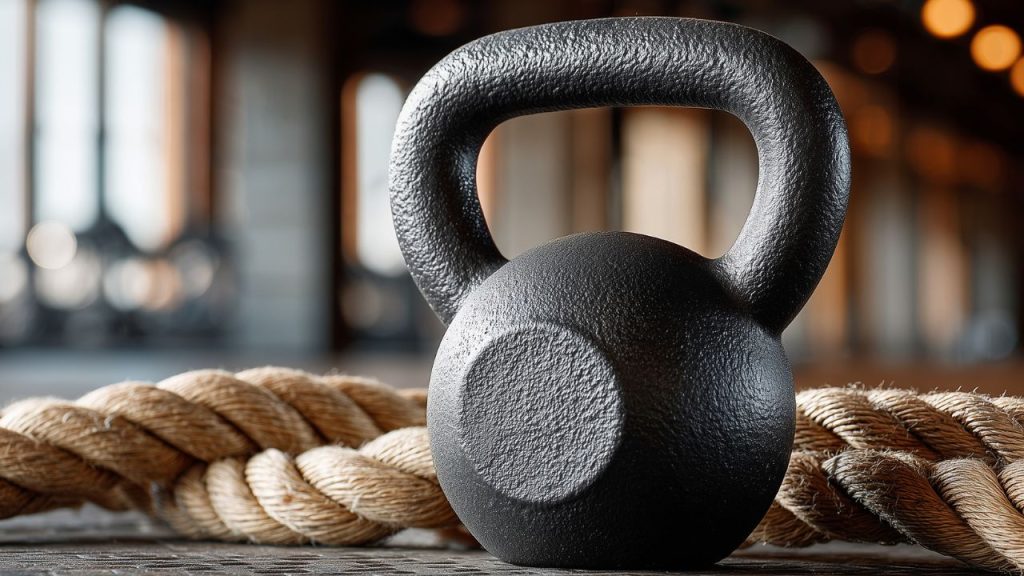Are you feeling overwhelmed about the white belt BJJ Challenge? Jiu-Jitsu is not just a physical challenge; it’s a journey that tests your mind and spirit.
This guide is designed to ease your worries by providing clear, straightforward advice on how to start, what to expect, and how to make the most of your BJJ training. Stay tuned!
White Belt in BJJ: What Is It?
A white belt in Brazilian Jiu-Jitsu signifies the beginning of your journey in this martial art. It is the first belt of the BJJ Ranking system.
The white belt represents a phase of learning basic techniques, understanding core principles, and adapting to BJJ’s physical and mental challenges.
This belt is about building a solid foundation in both skills and etiquette.
Starting Your BJJ White Belt Journey Correctly
Starting your BJJ journey requires the right approach to ensure success and enjoyment:
- Choose the Right Gym: Select a gym with qualified instructors, a supportive atmosphere, and a convenient location.
- Get the Proper Gear: Invest in a quality GI, a rash guard, and a white belt.
- Learn the Basics: Focus on fundamental positions and simple submissions.
- Understand Etiquette: Practice good hygiene and learn the rules of mat conduct.
- Stay Consistent: Regular attendance and practice are crucial to progression.
White Belt in BJJ: Goals and Priorities
As a white belt, your goals should focus on:
- Learning Fundamentals: Prioritize mastering basic positions and techniques.
- Building Physical Fitness: Work on your strength, flexibility, and endurance.
- Developing Mental Toughness: Cultivate patience, resilience, and a positive mindset.
- Engaging with the Community: Connect with fellow practitioners and immerse yourself in the BJJ culture.
BJJ White Belts Challenges
White belts often face several challenges:
- Overcoming Frustration: The complexity of techniques can be overwhelming.
- Physical Demands: The intense workouts and sparring sessions can be exhausting.
- Adapting to Loss: Learning to cope with frequent defeats during sparring.
- Maintaining Motivation: Keeping the drive alive despite slow progress.
How Long Does It Take to Pass the White Belt in BJJ?
The time it takes to progress from a white to a blue belt varies widely among practitioners.
Typically, it takes anywhere from 1 to 2 years of consistent training.
Progress depends on several factors: training frequency, physical aptitude, learning ability, and competitive success.
Top Advice for White Belts to Not Quit BJJ
You can navigate the challenges of being a white belt in BJJ more effectively and maximize your training experience if you:
- Set Achievable Goals: Break down your journey into manageable milestones.
- Focus on Personal Growth: Measure success by personal improvement, not just victories.
- Seek Support: Lean on your instructors and peers for guidance and encouragement.
- Celebrate Small Wins: Acknowledge and celebrate each achievement, no matter how small.
- Keep it Fun: Remember that BJJ should be enjoyable. Keep the fun alive by participating in group activities and social events at the gym.
Conclusion
Embarking on your journey as a white belt in BJJ is exciting and challenging.
This initial stage is crucial for building a solid foundation in techniques, fitness, and mental resilience.
By understanding what it means to be a white belt, starting your journey correctly, setting clear goals, and embracing the challenges, you will set yourself up for a rewarding experience.






